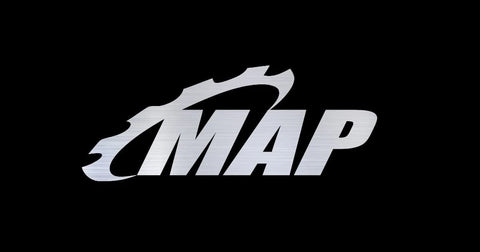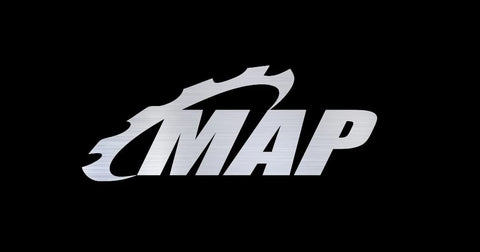Part Two in our Four Part Series: How to install a Subaru BRZ turbo kit!
Part 1 | Part 2 | Part 3 | Part 4
In part one we showed you how to remove most of the components needed to install the turbocharger setup, as well as how to modify the fan and radiator assembly to make room for everything. In this step, we're going to show you how to install the downpipe, exhaust manifold, and get that turbo clocked and facing the right direction! Start by removing the stock oil pan. It is held on by twelve 10mm bolts. Gently tap the pan with a rubber mallet to help break the gaskets seal. When you've gotten the pan off, thoroughly clean the mating surface with a razor blade, scotch pad, or soft wire brush. REMOVE ALL CONTAMINANTS to ensure the new gasket seals. The kit includes a weld-on return bung which requires drilling a hole and welding the fitting on the pan, or include the option of a pre-modified oil pan which has a larger capacity and threaded spot for a return bung. Depending on your automotive knowledge, the MAP pan may be the best option. Whichever route you chose, apply gasket maker to the pan and install using the supplied hardware. OEM pans will be torqued to 89in-lbs, while the larger MAP pan should be torqued to 110in-lbs. Remember to install the drain plug before moving onto the next step.
With the new pan on, install your oil return fitting. Lubricate the push-on fitting ends to make them easier to assemble. Remember to use gasket material on the threads of the fitting to prevent leaks. Install the FR-S / BRZ Turbo kit exhaust manifold next. You should be able to reuse you factory gaskets unless they're blown out. Ensure clearance around the oil pan and return line before tightening the bolts. With the manifold on, clock the oil return lines so they don't touch the exhaust. With the manifold and oil return line ready to go, lower the vehicle and install the oil feed lines and fittings. Remove the 8mm allen cap on the block and install the supplied dowty washer and reducer fitting to the -4an feed fitting. Remember to use sealant on these fittings also. Wait to tighten the feed line fitting until you have the turbo oriented correctly, which is what we'll do next.
Install feed and return fittings on the turbo housing using the supplied hardware and gasket sealant. Loosen the bolts on your turbo's center section to allow rotation of both the compressor and exhaust housings. Attach the exhaust housing to the manifold using the supplied hardware and threadlocker. Rotate the center section so the feed line is facing up. Tighten the exhaust housing bolts. Rotate the compressor side until the turbo outlet is facing down, parallel to the crankshaft pulley with approximately 1" of clearance. See photo for example. Tighten the compressor side bolts.
Assemble your Wastegate. Since our car here will not be using an external boost controller, we're going to plug the top fitting and just run boost reference from the compressor housing. Attach the Wastegate to the manifold and leave the clamps loose until we can find the correct orientation.
With the wastegate installed on the manifold, we're going to attach the downpipe next. But before we can do this, we need to wrap it with heat tape. If you've never done this before, it's fairly straight forward. You're going to need to soak the tape for an hour or so before you wrap it. As it dries, it will shrink around the pipe, sealing it and reducing engine bay temps all at once! With the tape wet, start at one end of the pipe and work your way down, overlapping slightly as you go. You shouldn't need all of the tape, but make sure to use enough! When the pipe is completely wrapped, use a metal zip tie or hose clamp to keep it from coming un-wrapped. Set it aside and let it dry. When dry, attach the re-circulation pipe to the downpipe. See the image for correct orientation. When the recirc pipe has been successfully attached, you may tighten all clamps to finish this step.
In the next part, we're going to modify the crash bar and get the cold side piping installed.




Comments (0)
There are no comments for this article. Be the first one to leave a message!